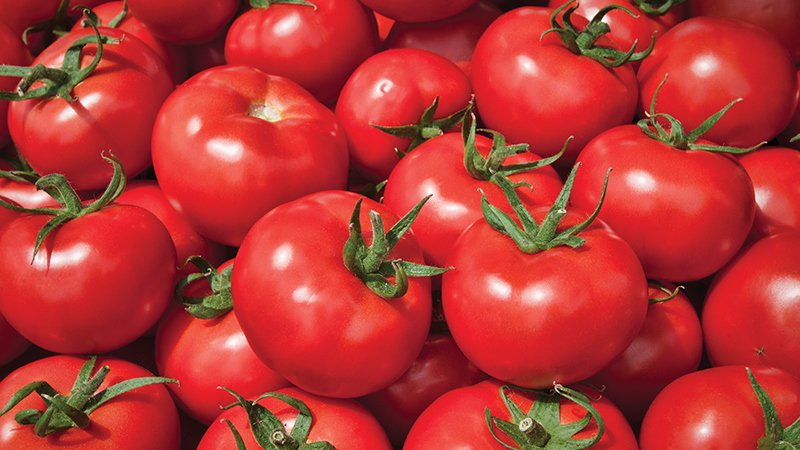Automated Harvest In Fruit Orchards Remains a Challenge

IFTA’s “Technology Roundup” session featured a panel of industry experts l-r: Former IFTA President Jeff Cleveringa, Columbia Fruit, “Automated Harvest Updates;” Dr. Ines Hanrahan, Washington State Tree Fruit Research Commission Executive Director “WTRFC Technology Roadmap: Where We are Going and Why;” and Dr. Joe Davidson, Oregon State University, “Artificial Intelligence in Agriculture.”
Photo by David Eddy

Replicating the human hand ain’t easy. The Washington State Tree Fruit Research Commission (WSTRC) was founded more than a half-century ago (1969) by a group of foresighted growers with the purpose of, among other goals, mechanizing harvest. But they, like the many other growers soon to follow, would be frustrated in their attempts. Thus, a discussion on the topic was appropriately held in Yakima, WA, at the 67th annual International Fruit Tree Association conference, themed “Bridging the Gap Between Information and Action.”
Today you can see robots that can do practically anything. But not, apparently, pick fruit at its peak. At least not like humans can, especially the experienced pickers that most growers employ. Besides, labor was relatively cheap — until now. Not only has the pay rate increased more rapidly in recent years, but, for the first time, farmworkers in Washington and California — with more states sure to follow — will be eligible for overtime.
Several years ago, commissioners approved a guide for future research and development, and Executive Director Ines Hanrahan provided an update, “WTRFC Technology Roadmap: Where We are Going and Why.”
She began by posting a simple slide titled “Harvest robot — what we need,” followed by a short but daunting list of what her state’s apple growers — who produce 2/3 of the nation’s total — would require:
• 80 consecutive days
• 75,000 bins/day
• 1 machine = 100-200 bins/day
• 2-3 cents/fruit
Taking an average of 150 bins per day, that would require 500 robots, running for nearly three months. Hanrahan said to achieve such a goal the industry would need progress in several areas, such as more varieties that ripen at the same time. But perhaps more important, it would take a special effort on behalf of the developers of automated harvest machines, i.e., robots.
“We need ‘co-ompetition,’” she said. “Competitors need to work together for common benefits.”
EXPENSIVE PROPOSITION
Why companies would need to cooperate became clear when former IFTA President Jeff Cleveringa of Washington’s Columbia Fruit followed Hanrahan with an automated harvest update. Quite simply, developing a harvest robot is incredibly expensive. Many promising start-ups get initial funding for their terrific ideas, only to develop a machine that proves the concept, but they cannot take to the next level because they cannot raise the tens of millions needed, a stage Cleveringa termed “Death Valley.”
In the meantime, he expects many growers will take an intermediate step toward automation by using machines to make their pickers more efficient. Some new machines with more advanced platform systems are coming out that should quicken picking.
Cleveringa emphasized the WSTFRC is certainly not alone in wanting robotic harvesters. The commission has partnered with Western Growers, which represents many California and Arizona fruit and vegetable growers, with the common “expensive goal”: Achieve 50% automation of 20 specialty crops by 2030.
Cleveringa closed by giving the good news — developing an automated harvest machine is becoming an extraordinarily lucrative endeavor — followed by the bad news. He delivered a refreshingly honest assessment: They certainly will not be found in orchards, as growers have unfortunately been told for more than a decade, “in a couple years.”
“There’s a lot more money in this as labor gets more expensive with wage rates up and paying overtime,” he said, then smiled as he gave his prediction for when growers will see robots harvesting fruit in their orchards. “I’ll say five years, then you can beat me up after five years.”









